Health and Hygiene | Term 1 Unit 6 | 6th Science - Components of Food | 6th Science : Term 1 Unit 6 : Health and Hygiene
Chapter: 6th Science : Term 1 Unit 6 : Health and Hygiene
Components of Food
Components of Food
The Chemical
constituents of food which give us energy, help to build our body and protect us
from diseases are called Nutrients.
1. Carbohydrate
2. Proteins
3. Fats
4. Vitamins
5. Minerals
6. Water.
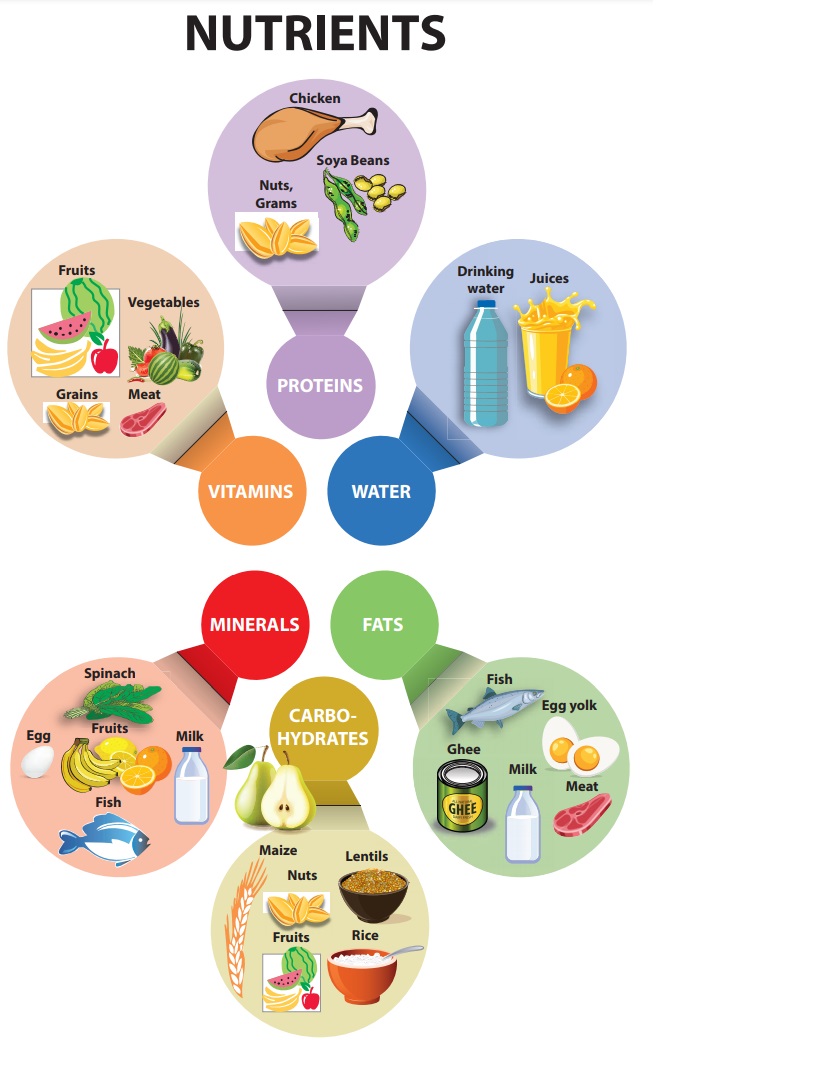
Activity
2
Collect
as many food items as you can and classify them according to the major nutrient
content in it.
1. Carbohydrates
Carbohydrates are energy giving component of the food.
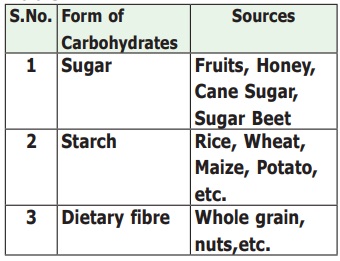
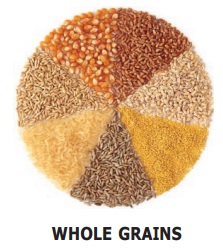
We can obtain carbohydrates in the form of Sugar, starch and dietary fibres
Activity
3
Aim:
To
test the presence of Carbohydrate as Starch in the given food item.
What
do you need?
Boiled
potato, dropper and dilute Iodine solution
How
to do: Smash the boiled potato.
Add
two or three drops of dilute Iodine solution on the Sample
What
do you see?
The
potato turns blue-black in colour.
What
do you learn?
Iodine
reacts with Starch to form Starch-Iodine complex which is blue-black in colour.
Thus, the appearance of blue-black colour confirms the presence of Starch in
the food item
2. Fats
Fat is also an
energy-giving food and provides more energy than Carbohydrates. Some important
sources of fats are butter, ghee, milk, cheese, paneer, nuts, meat, fish, egg
yolk etc. Apart from giving energy, they insulate our body and protect the
cells.
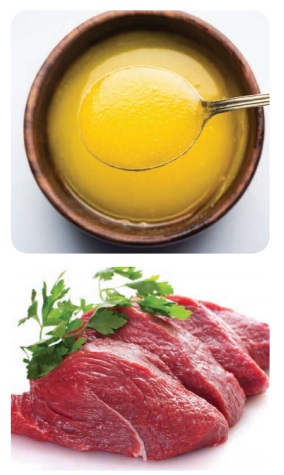
Activity
4
Aim:
To
test the presence of Fat in the given food item.
What
do you need?
Coconut
Oil, groundnut oil, and any Paper.
How
to do:
Pour
few drops of oil onto the paper and rub it gently with your finger.
In
case of ground nut, crush the groundnut and place it on a paper Now
rub the groundnut on the paper
What
do you see?
The
paper turns translucent and becomes greasy .
What
do you learn?
The
given food sample contains fat
3. PROTEIN
Body Building Foods
Proteins are
necessary for our growth and repair, as well as for regulating various body
functions such as digestion. The sources of proteins are pulses, eggs, fish,
milk, chicken, soya bean, nut, grams etc, Proteins are body building foods.
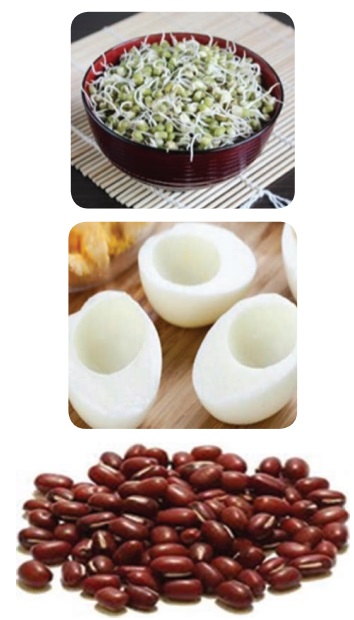
Soyabean
is the highly rich source of protein.
Activity
5
Aim:
To
test the presence of Protein in the given food item.
What
do you need?
egg
white, Copper sulphate solution,
Sodium
hydroxide , Test tube and Bunsen burner.
How
to do:
Take
a small amount of the food sample (egg white) and put in the test tube.
Add
some water to the test tube and shake it.
Next,
heat the test tube for about one minute. After the test tube has cooled down,
and two drops each of Copper sulphate solution and Sodium hydroxide to it.
What
do you see?
The
food sample turns purple or violet.
What
do you learn?
Change
in colour of the given food sample turns purple or violet confirms the presence
of Protein.
4. Vitamins
Vitamins are required for carrying out various
biochemical reactions in our body. Fruits, vegetables, grains, meat products
are good sources of vitamins. Vitamins are called as protective food.
There are six major vitamins A, B, C, D, E and K. Vitamins B and Vitamins C are
water soluble, Vitamins A, D, E and K are fat soluble.

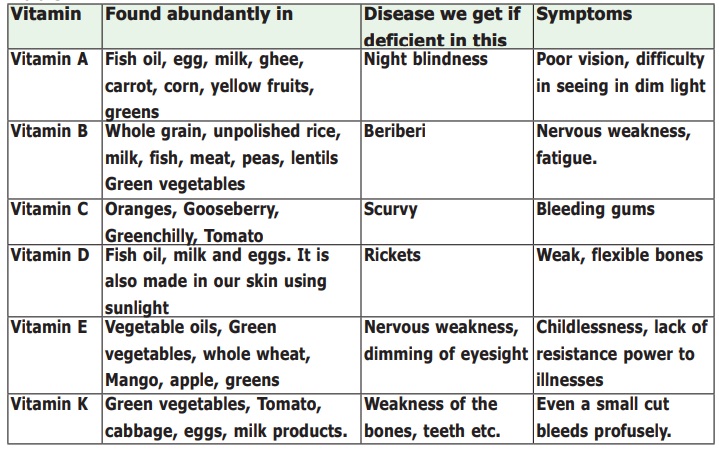
Just
Think
A
medical camp was conducted in School. Most of the children were healthy. Some
of the students had some health issues
Priya
had bleeding gums.
Raja
could not see clearly in dim light.
Arun
had bent legs .
Can
you guess what could be the reasons?
This is because of deficiency of vitamins C, A and D respectively.
Fact
File
Sun
screen lotion reduces your skin's ability to produce Vitamin D by up to 95%
which may lead to Vitamin D deficiency.
Activity
6
Make
your food little healthier. What do you need?
A
small cup of green gram seeds, Water and thin cloth.
How
to do:
Soak
the green gram seedsinwaterover.
Takeout
the seeds and strain the water.
Wrap
the seeds in wet thin cloth.
Keep
it for a day or two.
Sprinkle
some water whenever it is dry.
What
do you see?
You
can see white sprouts coming out of the seeds.
What
do you learn?
green
gram sprouts are low in calories, have fibre and Vitamin B. It has
comparatively high amount of vitamin C and vitamin K

Gooseberries
contains nearly 20 times the vitamin C than Orange.
5. Minerals
Minerals are required for growth as well as for
the regulation of normal body function.Green leafy vegetables like spinach,
pulses, eggs, milk, fish and fruits are important sources of minerals in our
diet. Minerals are also a protective foods.
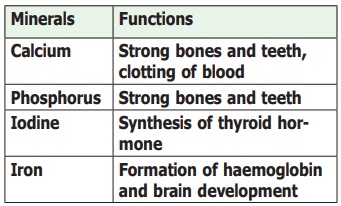
80% of
the world production of Moringa Leaves is in India. The Major countries which import
Moringa Leaves are China, US, Germany, Canada, South Korea and European
countries.
Fact
File
Moringa
leaves are rich in
Vitamin
A,
Vitamin
C,
Potassium,
Calcium,
Iron
and
Protein.
It
also contains
Powerful
anti oxidants
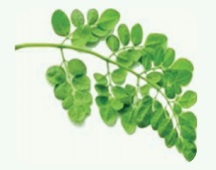
6. Water
Our body needs an adequate supply of water is order to maintain good health. Any human being should take minimum eight tumblers ( 2 Litres) of water every day.
Complete the following Table 4

Related Topics